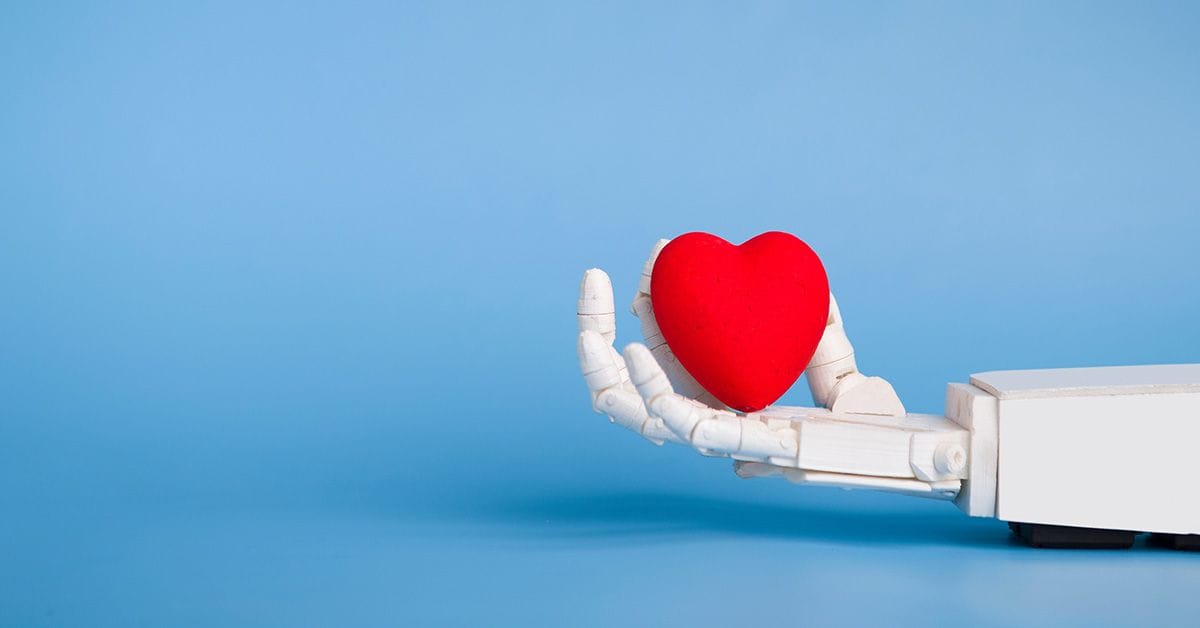New research unveils an innovative in situ bioprinting tool that uses light bursts to cure a gel, creating custom tissue scaffolds. This development shows significant promise for more effective tissue regeneration and wound healing.

Wounds have been referred to in medical circles as a silent epidemic. Prevalence surveys indicate that at least 4 people in every 1000 have a wound at any given time, and many become chronic, with studies reporting that 15% remain unresolved after 1 year.1
However, great hope lies in 3D bioprinting, which could one day be used to heal wounds and repair damaged tissue by depositing materials that can support living cells. This is achieved with 3D scaffolds, which mimic biochemical signaling and the topological and mechanical properties of native tissue. But printing directly onto a living body isn’t easy, and wounds are not uniform—varying in cause, shape, and size, among other factors. Success in this field depends on finding biomaterials that are biodegradable, biocompatible, bioactive, and have suitable degradation kinetics—not to mention designing reproducible and high-resolution fabrication technologies.
A recent study published in ACS Biomaterials Science & Engineering reveals a new in situ bioprinting tool that uses bursts of light to cure a gel as it is applied.2 With its ability to print in many different directions and depths, this clever photo-cross-linking device can more easily navigate issues of shape and size. The system uses a syringe pump extrusion module equipped with eight light-emitting diodes (LEDs) with a 405 nm wavelength. These individual LEDs light up depending on the direction in which the ink nozzle is moving, helping to avoid clogs while creating a custom scaffold for new tissue. Watch a clip of the system in action, as well as a full video surrounding this research created by the ACS Science Communications team:
The researchers tested the system on shapes designed to mimic a human head and hand, two body parts with complex nonplanar surfaces. Results showed successful filling of anatomical defects, which the authors believe could represent a promising solution for in situ bioprinting applications.
The team have previously looked at using pectin from citrus peels for bioprinting, cross-linking it with (3-glycidyloxypropyl)trimethoxysilane to improve the printability due to increased viscosity and yield stress.3 They were able to create 3D and complex anatomical-shaped scaffolds with interconnected micro- and macropores without any additional support material.
Other work has focused on flexible and biocompatible adhesives with sensing capabilities that can be integrated on to human body and organ surfaces.4 Materials investigated include silk fibroin—which has piezoelectric properties—and soluble plant-derived polyphenols. Initial tests demonstrate suitable surfaces for seeded cells to attach and proliferate.5
These results illustrate the great potential of biomaterial ink to fabricate patient-specific scaffolds, which could soon be used to promote tissue regeneration and wound healing in vivo.
References
- Lindholm, C. and Searle, B. Wound management for the 21st century: combining effectiveness and efficiency. Int Wound J. 2016, 13(Suppl 2), 5–15.
- Fortunato, G. M. et al. Automatic Photo-Cross-Linking System for Robotic-Based In Situ Bioprinting. ACS Biomater. Sci. Eng. 2023, 9, 12, 6926–6934.
- Lapomarda, A. et al. Pectin-GPTMS-Based Biomaterial: toward a Sustainable Bioprinting of 3D scaffolds for Tissue Engineering Application. Biomacromolecules 2020, 21, 2, 319–327.
- Chiesa, I. et al. 3D Printing Silk-Based Bioresorbable Piezoelectric Self-Adhesive Holey Structures for In Vivo Monitoring on Soft Tissues. ACS Appl. Mater. Interfaces 2022, 14, 17, 19253–19264.
- Bittolo Bon, S. et al. Carbon Nanotubes/Regenerated Silk Composite as a Three-Dimensional Printable Bio-Adhesive Ink with Self-Powering Properties. ACS Appl. Mater. Interfaces 2021, 13, 18, 21007–21017.
